Category: Scriptures
-
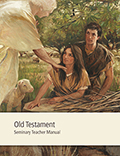
Teaching Genesis, Sort Of
A new year of LDS seminary is just starting up, and this year’s course of study is the Old Testament. The first week of lessons gives some Mormon framing: (1) an introduction to the Old Testament (it “contains images, symbols, and teachings about the Lord Jesus Christ” and “in the Old Testament, Jesus Christ is…
-
Day of the Lamanite, Deferred
Lamanite: An increasingly dated term that now rubs many people the wrong way when heard in public Mormon discourse. But the category lingers on despite LDS attempts to move toward a post-racial approach to priesthood and salvation. Lamanites, Nephites, children of Lehi, Indians, Native Americans, Amerindians — whichever term you choose, it’s clear the doctrinal…
-

No Apology
“I will go and return to my place, till they acknowledge their offence, and seek my face: in their affliction they will seek me early.” Hosea 5:15
-
Practical Apologetics: Historicity
Over the holidays I borrowed a copy of Historicity and the Latter-day Saint Scriptures (BYU Religious Studies Center, 2001). Turns out the full book is available online at the RSC site. The book features articles by the usual cast of religion profs and scholarly apologists, plus an apostle and a philosopher. Given how central the…
-
Two Approaches to Isaiah
This is going to be a post about Isaiah that does *not* talk about Second Isaiah. After addressing the transmission of the text of Isaiah, I will contrast two different approaches to reading and understanding that book and, more generally, any scriptural book.
-
Isaiah 29:21
A friend recently said she needs a “new approach” to studying the Book of Mormon. I’m not sure what her old approach was,
-
On Not Reading the Book of Mormon
Having heard nice things about the odd little book by Pierre Bayard How to Talk About Books You Haven’t Read (ht: someone out there), I finally found it. And read it. Summary: You read a very, very small slice of all published books. You forget most of what you read, so you retain only a…
-
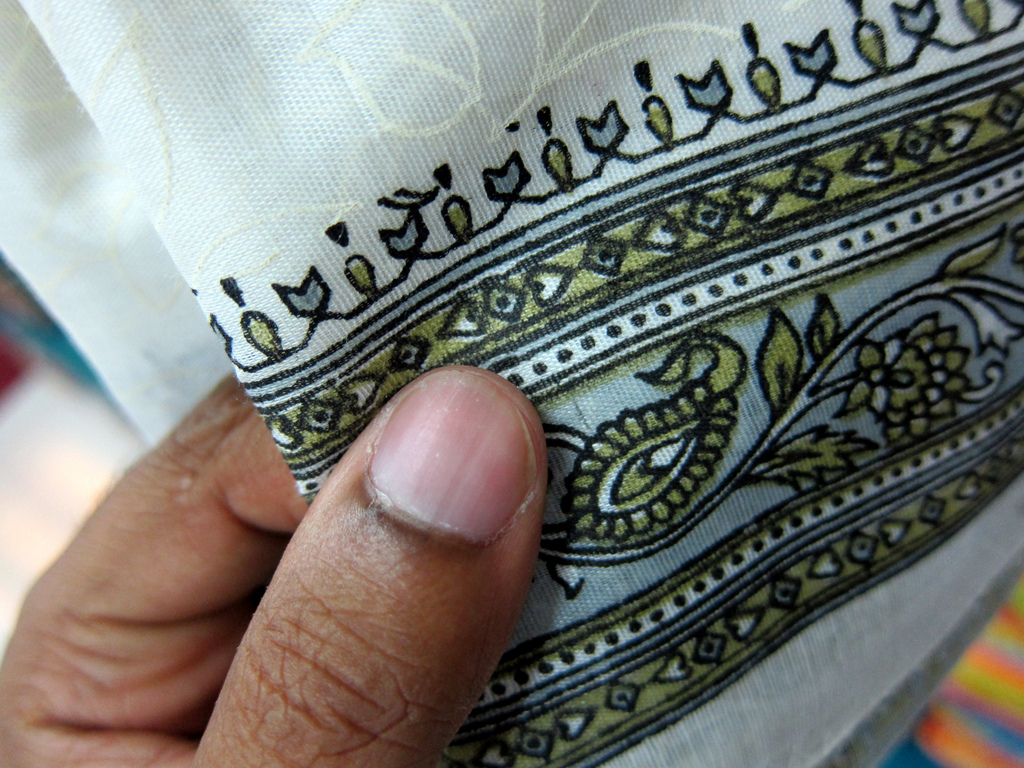
Literary Worship – Miracle
I find the story of the woman with the issue of blood, found in all three Synoptic Gospels, both odd and beautiful. Like most of the recipients of Christ’s miracles, she excites sympathy within me. Twelve years is a long time to be sick, especially with an illness that renders you and anyone who touches…
-
What We Don’t Read in the Bible
Do you ever read the bits of scripture that are excluded from our Sunday School lesson manuals? If you are only looking up certain passages, it is as though the rest of the text doesn’t exist.
-
The Rise of Biblical Criticism and the Mormon Response
“The rise of biblical criticism” is the title of a section in Jaroslav Pelikan’s Whose Bible Is It? A History of the Scriptures Through the Ages (Viking, 2005). Those pages are a short and objective introduction to what is variously called biblical criticism, historical criticism, higher criticism, or the historical-critical method. This discussion is sort…
-
The Book of Mormon as Literature
One can read the Book of Mormon as canonized scripture, to guide the Church and its members in doctrine and practice, or as a sign of Joseph Smith’s calling to bring forth new scripture and establish a restored church. Then there is the possibility of reading the Book of Mormon as literature, to enlighten, uplift,…
-
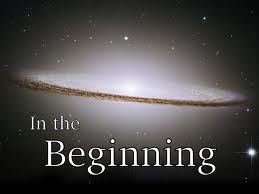
Openings and Beginnings
When we read scripture, we generally start at the beginning. This is one reason why openings — first lines, first paragraphs — are so important. They set the scene for what is to follow. They set the context and frame our understanding for entire chapters and books to follow. Terry Eagleton has a lot to…
-

Partaking of the Fruit of the Tree
One of my favorite parts of Christmas is sitting in the darkened living room, gazing at the lighted tree. There is something magical and transfixing about the warm, gentle light, the fragrance of pine, and the palpable presence of nature that fills my home with its incongruous beauty. I have many memories of reading Scripture…
-
![The Death of Ishmael[fn1]](https://timesandseasons.org/wp-content/uploads/2013/11/jewish-tombstone.jpg)
The Death of Ishmael[fn1]
Early in the Small Plates of Nephi, Ishmael and his family join Lehi and his family in the wilderness. In spite of their likely close proximity, though, we don’t know much about Ishmael.[fn2] Nephi and his brothers found favor in Ishmael’s sight. Although at various times Ishmael’s sons and daughters act for or against Nephi,…
-

The Earliest New Testament
This is the third post (first, second) in a series on the New Testament. This post covers what should probably have been the first post: consideration of the seven undisputed letters of Paul, chronologically the earliest documents in the New Testament, written in the 50s. They give us the best information we have on the…
-
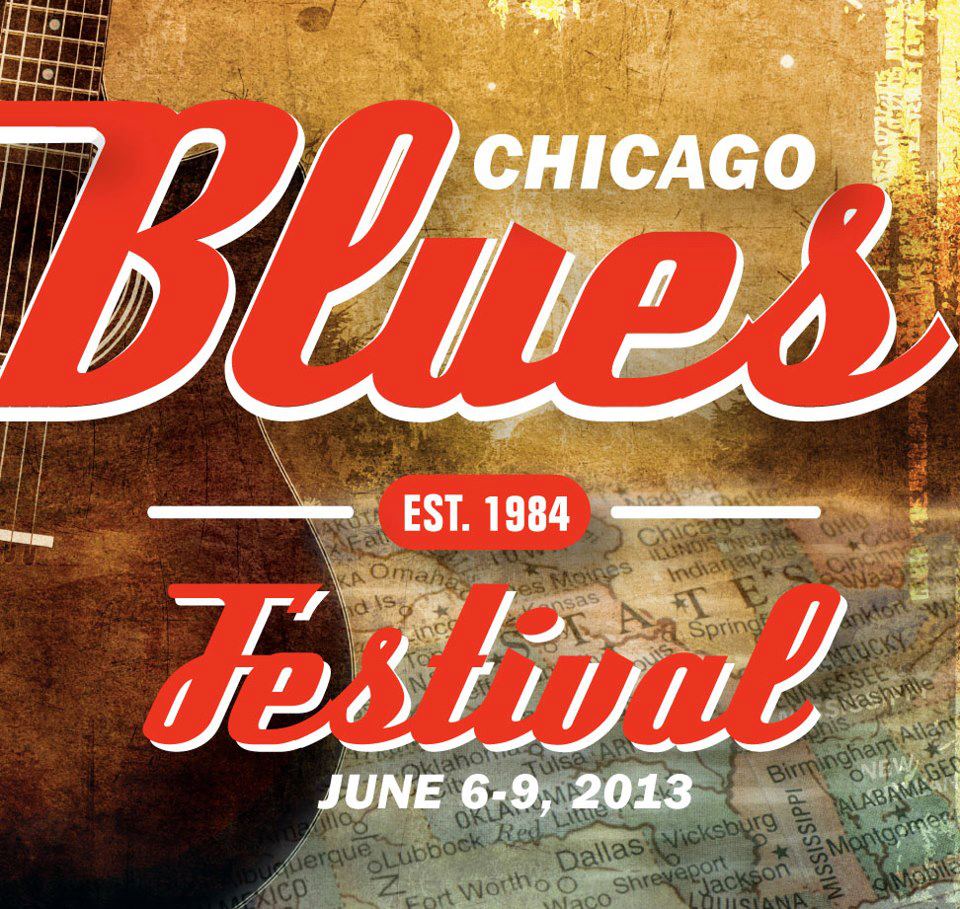
King Noah’s Blues
I could see them before I crossed Michigan Avenue into Grant Park. There were probably five of them, holding big yellow signs with blocky letters, Bible verses. It seemed out of place, fifty feet in front of the entrance to the Chicago Blues Festival, but maybe I just didn’t understand the logic behind it. I…
-
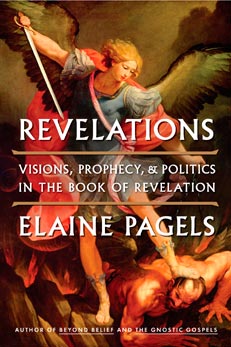
Revelation
My previous post on the upcoming BYU New Testament Commentary series was so well received I have decided to do some follow-up posts discussing individual books. I’ll start with Revelation, partly because that will be the first volume in the BYU series but also because I happen to have a copy of Elaine Pagels’ Revelations:…
-
BYU’s New Testament Commentary
A website for the upcoming BYU New Testament Commentary series has popped up. The short announcement on the main page promises “a multi-volume commentary on the New Testament along with a new rendition of the Greek New Testament texts,” which will “combine the best of ancient linguistic and historical scholarship with Latter-day Saint doctrinal perspectives.”…
-
But Is It Priestcraft?
In popular Mormon discourse, priestcraft seems to be the descriptor of choice for things that we don’t like. Paid clergy? Check.[1. I’ll note here that I’m not claiming that any of my links asserts something as being priestcraft (though some do); I’m using the links to show that the assertion isn’t unheard-of.] CES? Check.[2. “In…
-
![Book of Mormon Word Cloud [updated]](https://timesandseasons.org/wp-content/uploads/2012/07/WordItOut-Word-cloud-96918.png)
Book of Mormon Word Cloud [updated]
I’ve been curious what a word cloud of the Book of Mormon would look like, so , just for fun on a Friday, I finally made one. I don’t have a lot to say about it, other than that “unto” seems to be a very popular word (which doesn’t really surprise me, but I didn’t…
-
In Memoriam
I spend the morning with my children at the cemetery. The high school band played, the mayor placed a wreath at the war memorial, and servicemen, including a veteran of Pearl Harbor, spoke to us. We bought red paper poppies to pin to our shirts. We didn’t talk about Memorial Day in sacrament meeting yesterday.…
-
Mormon Talks, Christian Sermons
Krister Stendahl, the noted Swedish theologian who was unusually considerate of the LDS Church, listed “holy envy” as one of his three rules of religious understanding. Let’s see if comparing Mormon talks with Christian sermons doesn’t create for us a bit of holy envy. I think there might be something we can learn from how…
-
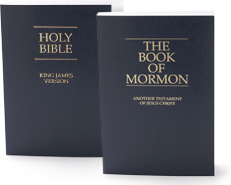
The Real World of the Book of Mormon
This is the fourth in a series of posts taking a broad look at the Book of Mormon. This post continues the discussion of the prior post, The Book of Mormon as Narrative, by considering verisimilitude. This term refers to how faithfully a text represents the real world or, to various degrees, depicts events that…
-

The Book of Mormon as Narrative
This is the third post in a series taking a broad view of the Book of Mormon (first, second). In this post I will discuss aspects of narrative encountered in the text. Not all scripture is narrative: consider the lengthy legal codes in the Torah and the moral exhortation found in James. Not all historical…
-

Institute Report: Genesis, Week 1
If there’s sufficient interest, I will post some general notes, handouts and materials here instead of mailing out everything to my class. Handouts are pdf format and have live links embedded. I felt the first week went well; in contrast to the last time I taught this, few students had a science background, and only…
-
The Book of Mormon: What has it done for you lately?
Julie is posting detailed commentary and Kent is providing literary reflection; I’m afraid all I have to offer on the Book of Mormon is general observations. This week let’s talk about situating the book as a whole, not so much in terms of content and form (which I’ll address in later posts) but in terms…
-
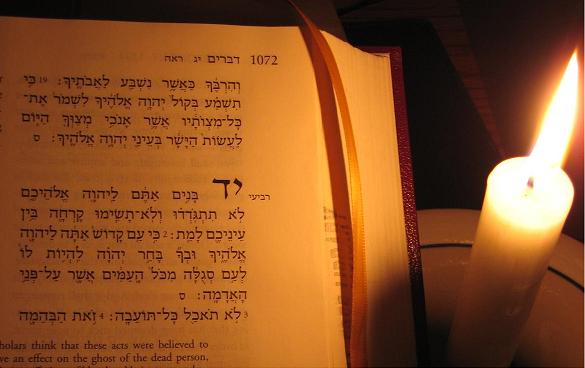
Scripture Unchained: A New York Institute Announcement
After taking off 18 months or so, I’m returning to teaching Institute in my free time. Beginning January 12, 8 PM in the Union Square chapel of Manhattan, I’ll be teaching a class called “Genesis, with an Introduction to Studying the Bible in Hebrew.” The Institute Director added the last part, but I don’t mind…
-
Which Book of Mormon?
The flurry of posts at T&S and elsewhere around the Bloggernacle is a reminder that 2012 is Book of Mormon year in Gospel Doctrine class. Which Book of Mormon are you going to read?
-
Finally, Family Scripture Study that Works for Us
My family is not very large (C and, uh, me. Not even a cat), so schedules aren’t hard to coordinate. We’re both active in the Church, and bibliophiles who regularly read and study our own scriptures, and yet we’ve never been able to have productive scripture study together. I am largely to blame for that,…
-
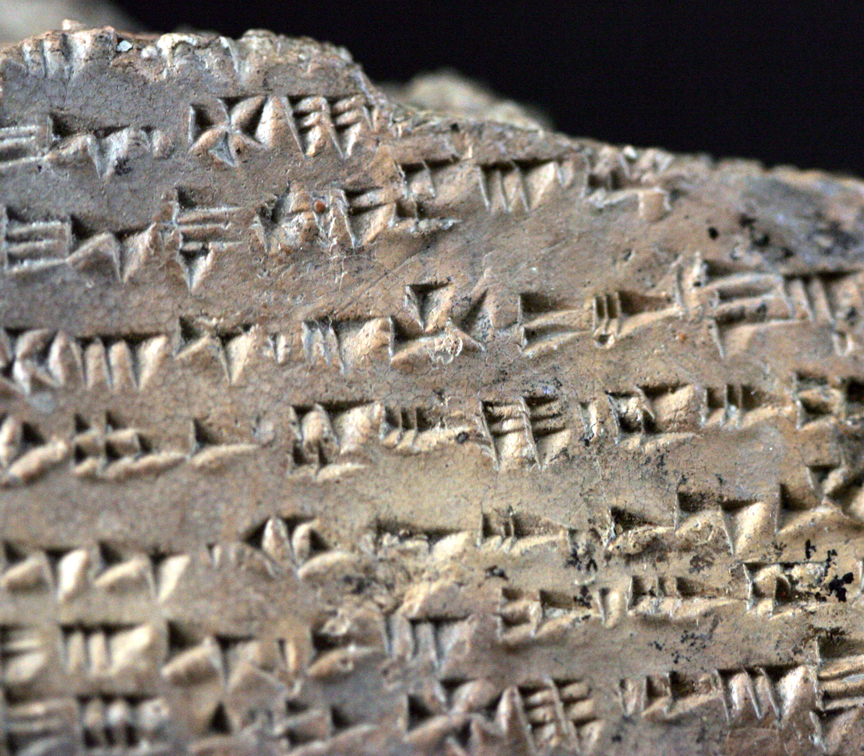
Beyond Translation: Job and Isaiah at Ugarit? Part 2
In Part 1, I promised some Biblical examples of where translation alone fails to convey all the meaning an Israelite would have grasped. I’ve broken these examples into three fuzzy categories. 1) Israel is often described in the Torah as a “land flowing with milk and honey.” We probably all have milk and honey in…
